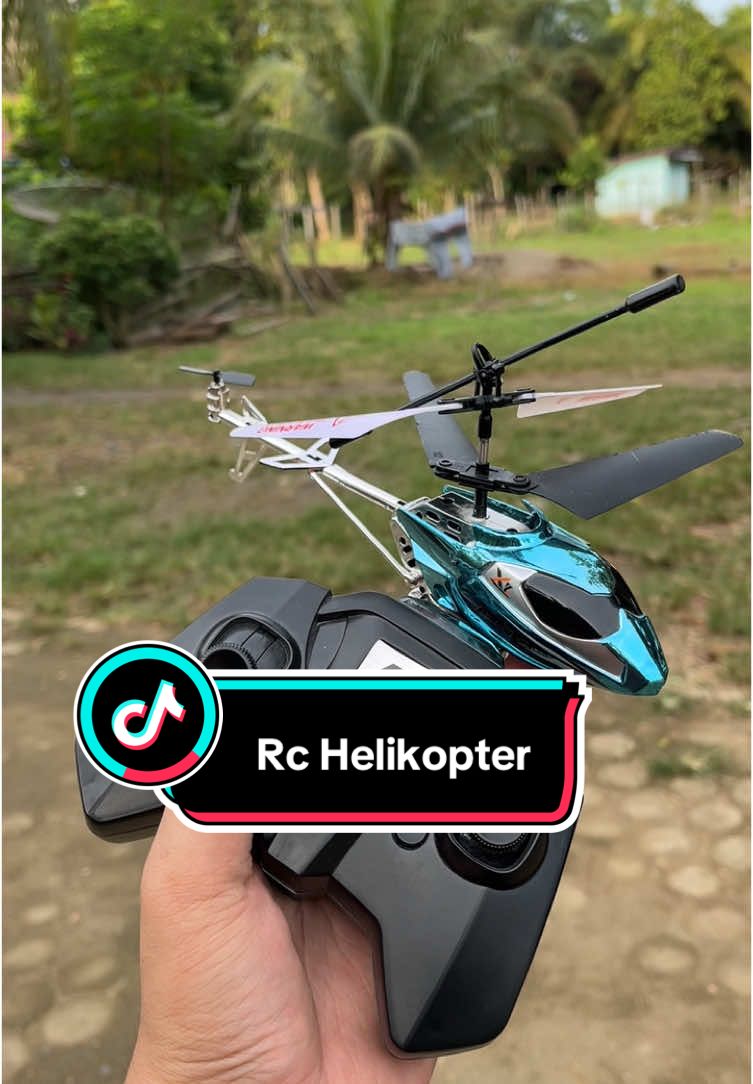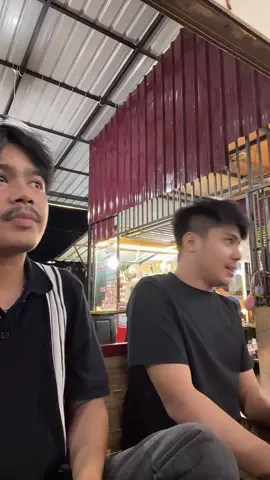Muxtar
Region: AZ
Wednesday 27 August 2025 10:25:47 GMT
141363
9550
158
278
Music
Download
Comments
548💂🏻 :
😔
2025-09-27 09:15:38
37
Veteran :
ALMAZ BIBIM,ELI EMIM BAWIMIZ SAGOLSUN VETEN SAGOLSUN DEDIK ALLAH REHMET ELESIN MUXARIMIZA 😭😭😭
2025-09-28 18:47:31
1
a3121432fy7 :
Allah rəhmət eləsin
2025-10-05 15:24:13
0
Samirə :
Allah rəhmət eləsin şəhidlərimizə amin 🤲😭
2025-09-08 11:28:53
4
🇦🇿MAQA_88🇷🇺 :
Heyif bu cür oguldan qardaşdan heyif çox heyif Allah valideyinlərinə səbir versin dag kimi ogul itirdilər🥹🥹
2025-08-27 10:55:56
23
samiq :
Allah Rəhmət etsin
2025-10-01 20:00:29
5
Mahir :
sənin ruhunun qarşısında baş əyirəm cənab leytinant şəhidim
2025-10-07 10:18:26
0
elnuraliyev439 :
Allah rəhmət eləsin şəhidlərimizə
2025-10-01 18:56:15
0
👑YERAZ👑 :
Allah rəhmət eləsin bütün şəhidlərimizə 🤲🏻
2025-10-05 13:37:59
0
008 :
Allah rehmet edsin nurla dolsun
2025-10-05 08:53:50
0
veis_qruzin :
can qardaşim yerin görsenir Allah hamviza rehmet etsin inşallah
2025-09-27 08:21:19
7
Mualicevi Masaj :
Allah rehmet etsin. Şehidler baş tacimizdir. her jese o zirve qismet olmur
2025-09-21 10:11:41
0
⁷⁷⁷ KARONA :
Allah Rehmet elesin
2025-08-31 15:45:04
0
ümüd :
allah remet esil
2025-08-28 04:33:48
0
Ali Mirzaliev :
məkanı cənət olsun
2025-09-29 14:49:37
1
Qudret QudretNuxa :
Allah rəhmət eləsin məkanı cənnət olsun Amin.
2025-09-14 14:04:10
0
canm şəhdim canm bayraxım :
məkanvz cənət olsn əziz canm qardaşlarm şəhit qardaşıarm 🥀🇦🇿😥😥
2025-08-30 18:17:23
0
xevuce :
Azərbaycan əsgərini mən onun timsalında tanıdım gördüm 🥺məkanı cənnət olan şəhidimiz 🤲🥺
2025-09-27 17:14:16
1
Rahib 041 :
Allah rəhmət eləsin bütün şəhidlərimizə
2025-10-04 20:23:55
0
🇦🇿 КАВКАЗ 🇰🇿 :
2025-09-28 06:56:57
1
Mais Mansiyev :
can Allah rehmet elesin heyf sizden
2025-09-02 14:07:21
3
__юсга__ :
Allah rəhmət eləsin bütün Şəhidlərimize
2025-09-12 18:10:32
0
𝓕𝓪𝓲𝓺 𝓢𝓱𝓲𝓻𝓲𝓷𝓸𝓯𝓯 :
Allah rehmet elesin
2025-10-05 08:31:33
0
Aqil Nuri :
Allah rəhmət eləsin
2025-08-31 21:09:09
2
seymur.klvvv :
Qaracuxurda qalirdi Can Muxtar 🖤
2025-09-26 19:31:21
3
To see more videos from user @muxtar.qassimlii, please go to the Tikwm
homepage.





